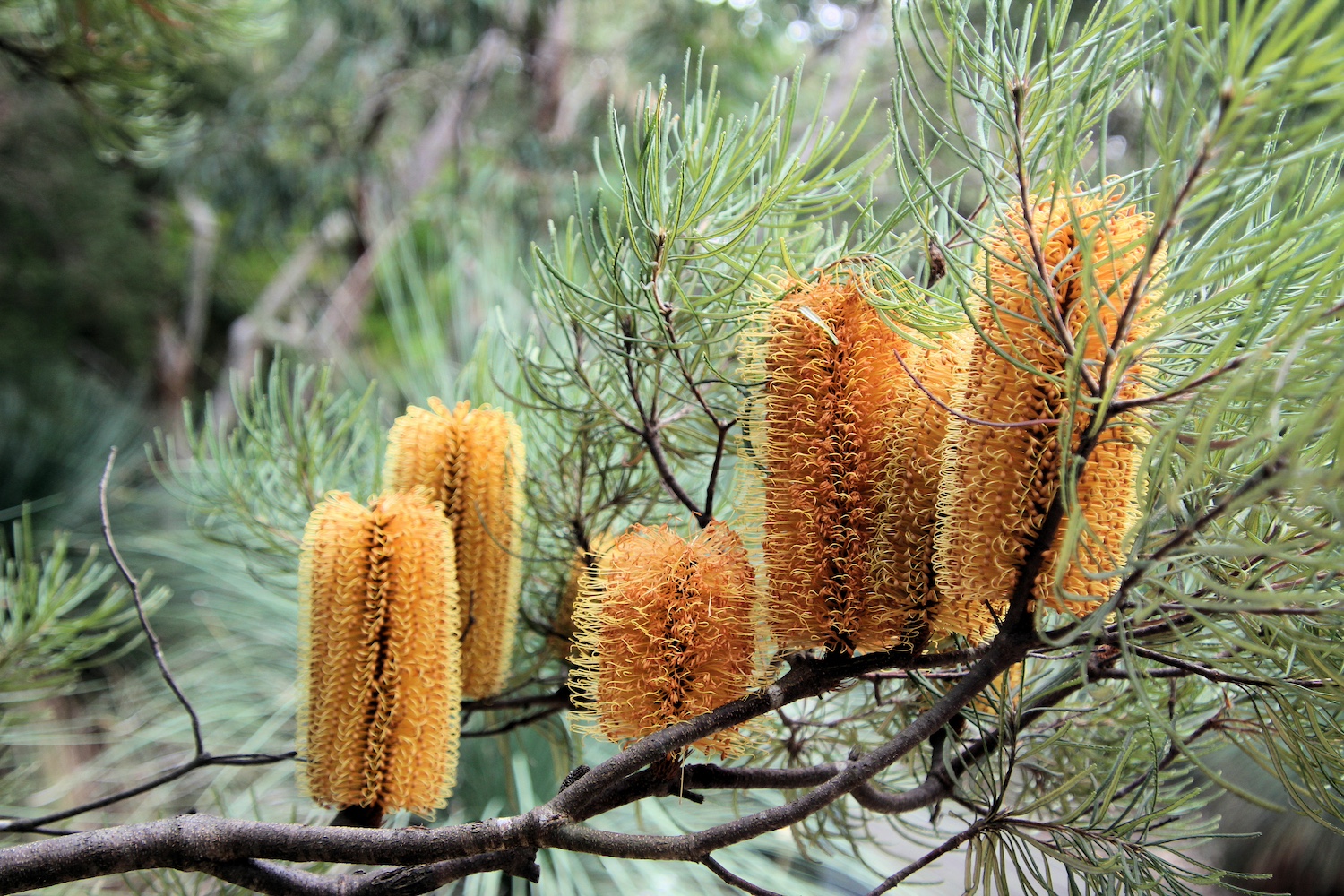Editorial: 2024 Issue two
Download the editorial here Editorial by Shelja Sen Dear Reader This issue is a compelling offering of peer-reviewed articles, audio recordings, videos, reviews and multimedia from narrative practitioners in Nepal, Armenia, Hong Kong, China, Chile, Australia, the UK and…

















